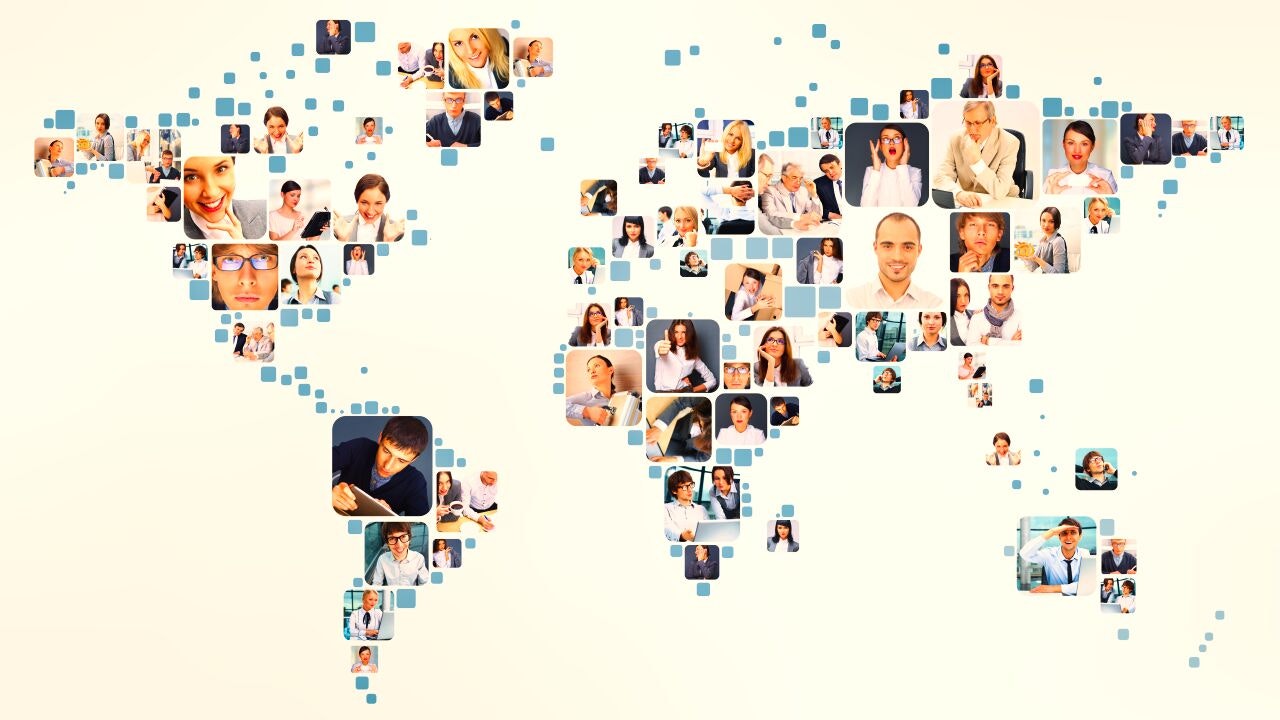
If you want your company to grow internationally, you need to think about globalization. The Globalization Maturity Model (GMM) is a useful tool for assessing your company's current performance on the global stage.
Many companies mistakenly believe that all they need to succeed internationally is to translate their content. But translation and localization are only part of the story.
To unlock success globally, you need to have a roadmap for navigating this complex business landscape. Through strategic optimization that keeps metrics at the core of your operations, you can set up your company for continued success long into the future.
The GMM provides organizations like yours with a reliable framework to assess, plan, and grow successfully worldwide. The model helps you understand your current level of international presence and identify the holes in your current globalization strategies.
Let's look at how the GMM can help you grow…
What is the Globalization Maturity Model?
The Globalization Maturity Model (GMM) is a research-based roadmap for organizations to measure their progress towards globalization. It comprises 6 levels of maturity across 5 distinct category areas. It helps companies to meet globalization challenges strategically and operationally.
The GMM was developed by CSA Research, a leading data and market research company in globalization, localization, and international content marketing. The company aims to help other organizations to succeed in their international markets by creating better experiences for their international customers.
Common users of the GMM are executives and functional managers — who often underestimate the complexity of international businesses — and mid-level managers, who recognize that providing a digital experience requires more than just translation.
By using the GMM, you can establish a clear framework within which you can grow. It gives tools to measure and benchmark the progress towards globalization, while identifying areas for improvement.
Should your company adopt the Globalization Maturity Model?
Why should your company consider using the GMM?
If your company is looking to grow internationally, the GMM is a valuable tool for helping you achieve that growth efficiently. It will give you the tools to measure your globalization progress over time and better understand your customer needs and preferences across different markets.
If you already have a global strategy in place, the GMM is a valuable tool for identifying potential holes in that strategy and improving it. If you don't have a formal globalization strategy yet, you can speed up the process by using the established framework of the GMM.
Other benefits of using the GMM include:
- It allows you to prioritize core areas for improvement in your globalization initiatives.
- By tracking clear metrics, you remove a lot of the guesswork associated with growing globally.
- You and your teams gain confidence in making decisions about globalization initiatives.
- By implementing the right strategies at the right time, you can save huge amounts of time, budget, and effort.
Adopting the GMM enables you to create localized customer experiences that drive loyalty and growth, while maintaining a high standard of globalization maturity.

Explaining the GMM framework
How does the Globalization Maturity Model work?
You can apply the model to your business in two ways, or both:
- As a roadmap — You can use the GMM as a roadmap to identify where your company stands at its current level of globalization maturity. Once you have identified your current globalization maturity level, the model gives you the tools to progress to the next levels.
- As a benchmarking framework — You can also use the GMM to measure your globalization performance against other global companies in your industry and against your own past performance. This data can help you make corrective action to accelerate your global reach.
The 5 areas of focus in the GMM
The first aspect of the GMM is to describe the operations of your global company using 57 components across 21 distinct categories within 5 areas of focus.
These 5 areas are:
- Governance — This area looks at establishing globalization as a core business process with properly defined goals, metrics, and Key Performance Indicators (KPIs).. The model also looks to achieve cross-company agreement for those goals.
- Strategy — This area defines your business model and plans for international growth. It examines your global plans and [global content strategy][RCGCS], ensuring they align with your wider corporate strategy.
- Process — This area looks at how globalization is incorporated into your core business processes, such as marketing, product development, and customer services. It ensures that you can easily apply your processes to local teams, helping you approach globalization systematically and transparently.
- Organizational Structure — This area covers how globalization is managed in terms of team roles and responsibilities. In it, you appoint executive leadership to oversee globalization and recruit and train staff. This helps you overcome silos and ensures teams collaborate towards your global objectives and share best practices.
- Automation — In this area, you look at how to make the best use of technology investments and standardized tooling. From a content perspective, this can involve using authoring frameworks, translation memory systems, translation management systems, and product information management systems to streamline authoring and localization.
The 6 levels of globalization maturity
Within the GMM, there are 6 stages that describe your company's current level of globalization.
These are:
- Level 0 – Premature or Failed — Your company doesn't recognize the need to manage global growth.
- Level 1 – Reactive — You respond in an ad-hoc fashion to international opportunities.
- Level 2 – Repeatable — The company is starting to formalize its core global business tasks.
- Level 3 – Managed — The organization is now adapting processes enterprise-wide.
- Level 4 – Optimized — Your company is almost completely focused around global operation, but a few people, markets, or departments are lagging.
- Level 5 – Transparent — Globalization is now just another standard business process. You monitor it and work for continuous improvement.

The easy way to assess your company's globalization maturity
The GMM may look daunting at first, especially if you haven't implemented company-wide initiatives like it before. However, with the right approach and guidance, you can gain the benefits of using the model quickly.
One useful tool for this is the Globalization Maturity Assessment Tool from CSA Research. This interactive tool allows you to quickly assess your company's current globalization maturity across the 5 core areas of the GMM.
Even with this tool, carrying out a 57-component benchmark is no simple task. It can be even harder to enact the organizational, cultural, and strategic transformation necessary to optimize your globalization approach. The GMM offers recommended executive actions for each element, but they are often easier said than done.
At Rubric, we’ve always seen localization as just one factor in our clients’ globalization success. We have years of experience helping businesses achieve international growth through a holistic approach to global content, and we are excited to share our expertise to speed up your GMM adoption.
Whereas a typical localization service provider only deals in translation, we put content into its wider context and specialize in working with our clients to develop their globalization strategies.
Do you want to discover how your global content strategy could transform your localization and how the GMM helps business processes?
In our book Global Content Quest you will learn about the 3 major problems in the translation services industry that you can overcome by implementing a good global content strategy.